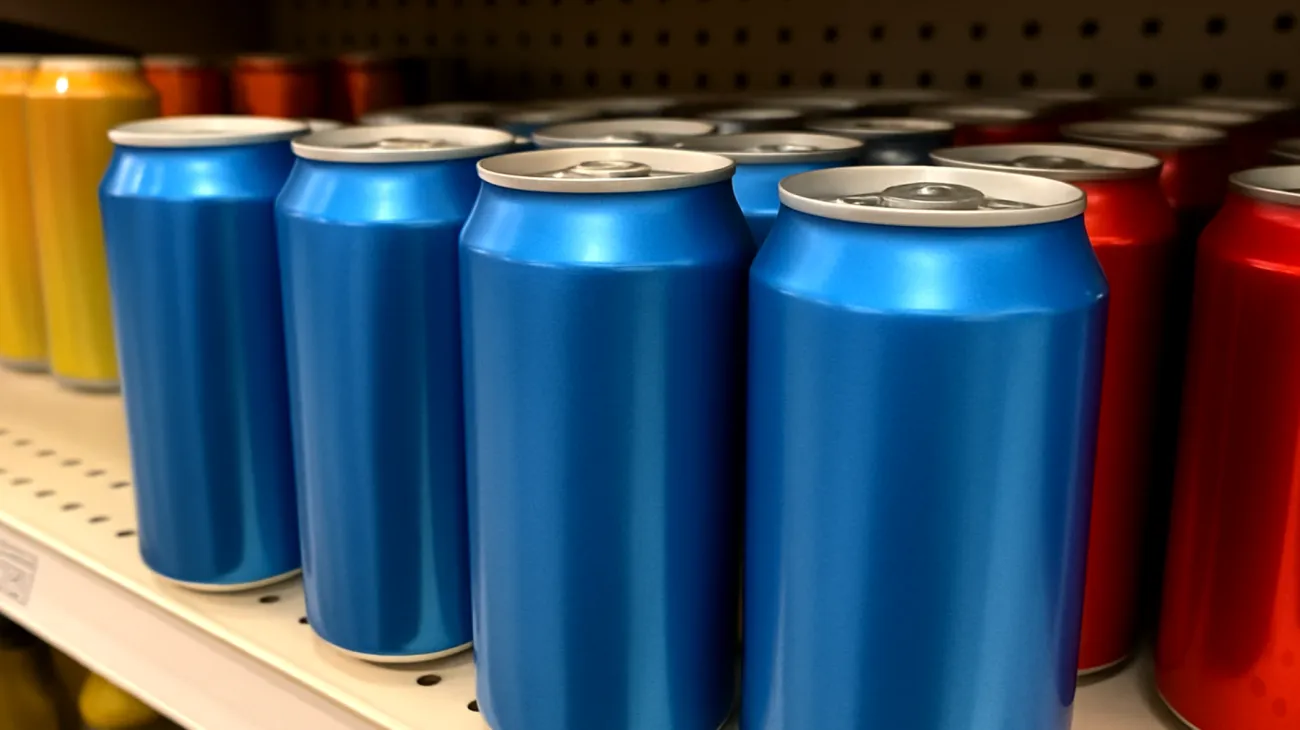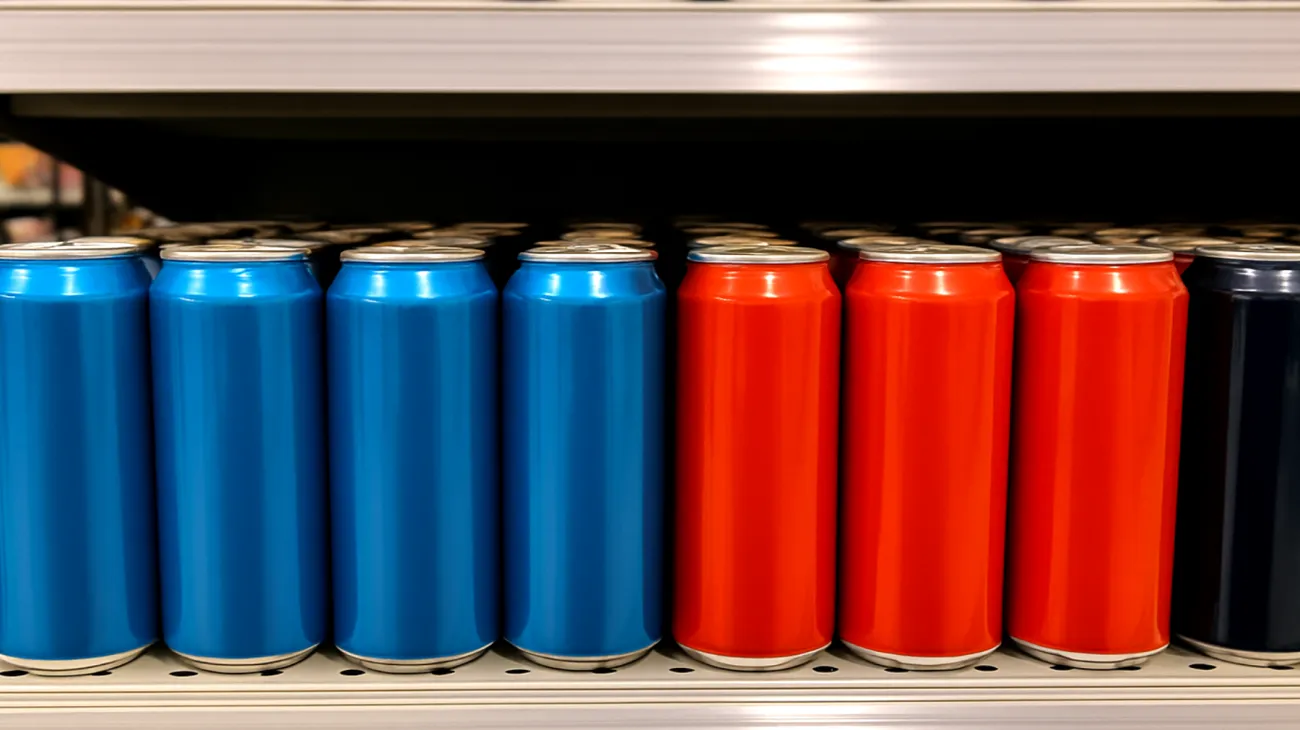Energy drinks have flooded UAE supermarkets and convenience stores, becoming the go-to solution for millions seeking quick energy boosts during demanding work schedules or intense gym sessions. From Dubai’s bustling business districts to Abu Dhabi’s corporate towers, these colorful cans promise everything from enhanced mental clarity to superior athletic performance. Yet behind the flashy packaging and bold marketing claims lies a concerning reality: many of these products make health assertions that don’t always match their actual nutritional profiles.
The Anatomy of Misleading Health Claims
Walk through any Carrefour or Spinneys across the Emirates, and you’ll spot energy drinks adorned with claims about enhanced mental focus, improved athletic performance, and natural energy boosts. These statements cleverly exploit regulatory gray areas where certain phrases aren’t technically prohibited but create impressions that may exceed what the product actually delivers.
What’s truly concerning isn’t just what these labels say, but what they strategically hide. A drink might boldly advertise being “packed with B vitamins” while burying the fact that it contains around 35 grams of sugar – nearly nine teaspoons – in tiny print on the back panel. This selective transparency creates a dangerous halo effect where consumers focus on perceived benefits while remaining unaware of the high sugar content that has been linked to increased obesity and diabetes rates across the region.
Decoding the Vitamin Fortification Illusion
Many energy drinks position their vitamin content as their primary selling point, especially B-complex vitamins that play roles in energy metabolism. However, the reality proves far more complex than marketing departments suggest. These beverages may contain significant vitamin amounts, but several factors make these claims misleading.
First, many products contain vitamin levels that exceed daily requirements by 2000% or more. Water-soluble B vitamins are simply excreted when consumed in excess, providing no additional health benefits at these extreme doses. Second, the vitamins used are typically synthetic compounds that, while bioavailable, offer no advantage over obtaining nutrients from whole foods. Most importantly, vitamin presence doesn’t offset the negative impacts of excessive caffeine, artificial additives, and sugar.
The Hidden Reality Behind Energy Claims
Perhaps the most pervasive deception involves how these products market their energizing effects. Terms like “natural energy” frequently appear on products that derive their primary stimulant effects from synthetic caffeine rather than naturally occurring compounds. This linguistic sleight creates consumer confusion about what they’re actually consuming.
The caffeine content in many energy drinks equals or exceeds multiple cups of coffee, yet this fact gets obscured by emphasizing exotic-sounding ingredients like guarana, taurine, or ginseng. While these compounds may have physiological effects, scientific evidence reveals that the dramatic energy boost consumers experience typically stems from caffeine and sugar – not from these heavily marketed supplementary ingredients.

Performance Enhancement: Marketing Myth or Medical Fact?
Athletic performance claims represent another area where marketing creativity outpaces scientific evidence. Many energy drinks suggest they enhance physical performance, improve endurance, or accelerate recovery times. While caffeine can provide short-term improvements in alertness, reaction time, and endurance, optimal benefits require controlled dosing and timing – not habitual consumption at high, variable doses.
The high sugar content that provides an initial energy surge causes rapid blood glucose spikes, followed by documented crashes that can actually impair performance rather than enhance it. The electrolyte claims frequently featured on these products also merit scrutiny, as most commercial energy drinks contain far too little electrolytes to meaningfully support hydration compared to dedicated sports drinks or plain water.
Regulatory Gaps and Consumer Responsibility
The UAE’s food safety regulations require nutritional information panels but don’t strictly police the prominence of marketing claims. This allows manufacturers to use strategic placement and font choices that emphasize perceived benefits while minimizing potential downsides. This regulatory environment places additional responsibility on consumers to develop critical evaluation skills.
Understanding how to read beyond marketing claims becomes essential for making informed purchasing decisions that align with actual health needs rather than responding to clever marketing strategies. Smart shoppers should examine complete nutritional panels rather than focusing solely on front-of-package claims.
Making Informed Choices in the UAE Market
Practical evaluation means checking total caffeine and added sugar content against recommended daily intakes – maximum 400mg of caffeine per day for healthy adults and less than 25g of added sugar according to WHO guidelines. Understanding consumption timing and context also matters significantly. An energy drink before an intense workout has different implications than consuming the same product as a daily morning beverage replacement.
- Examine nutritional panels: Look beyond front-of-package claims to understand actual sugar, caffeine, and calorie content
- Compare against daily limits: Ensure consumption fits within recommended guidelines for caffeine and sugar intake
The goal isn’t to completely demonize these products, but rather to ensure UAE consumers possess the knowledge necessary to distinguish between marketing hyperbole and genuine nutritional value. When equipped with accurate information and regulatory context, consumers can make purchasing decisions that truly serve their health objectives. By scrutinizing nutritional panels, understanding ingredient effects, and recognizing the difference between marketing claims and scientific reality, residents can navigate the energy drink market with greater confidence and make choices that align with their actual health needs rather than falling prey to clever marketing tactics.
Table of Contents

